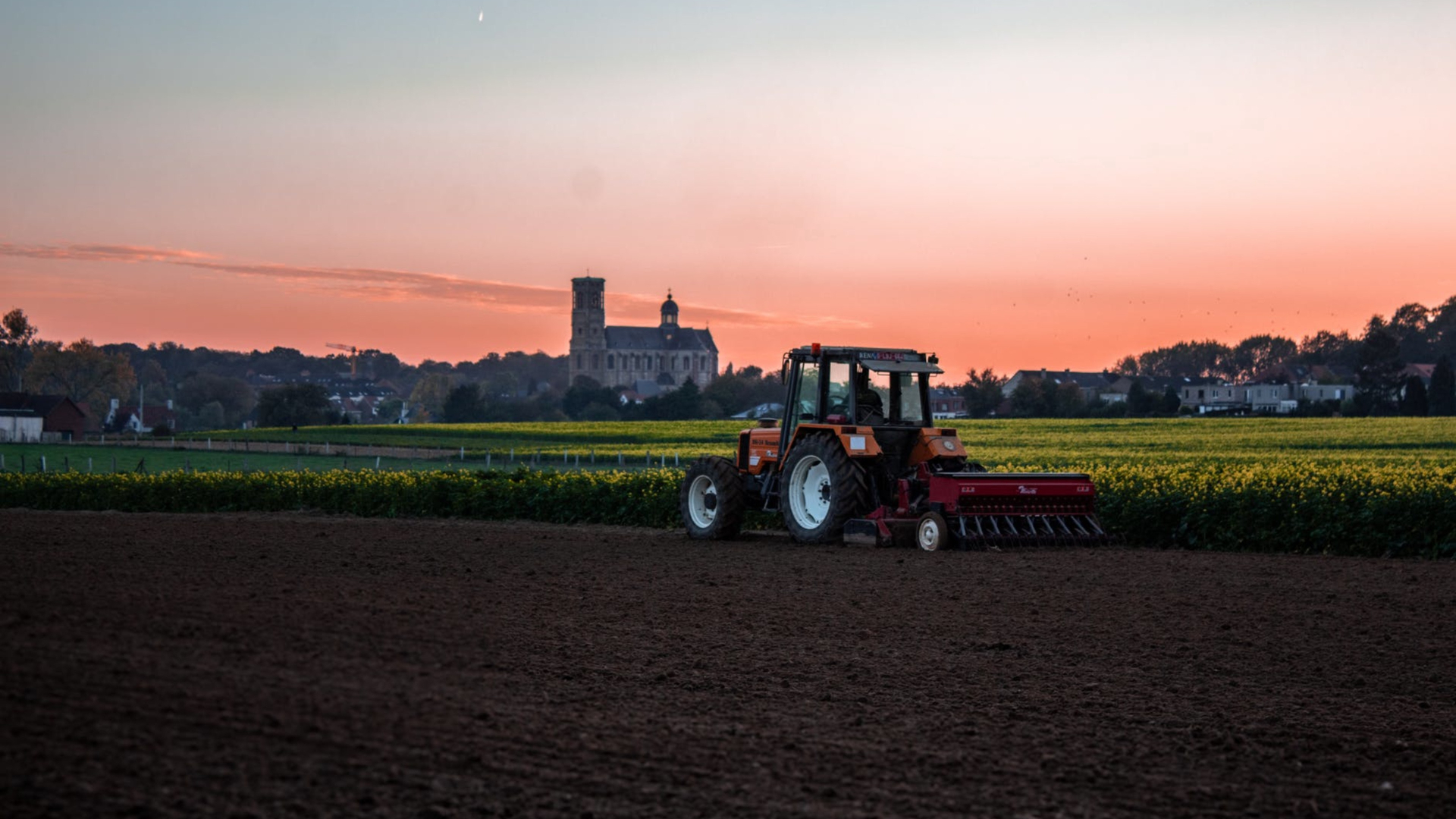Growing up around the big city of Los Angeles, California, I learned to prepare for regular earthquakes by stocking up at the grocery store. That is, until my sister was caught on the epicenter (Ground Zero) of the 1994 Northridge Quake, registering a magnitude 7.2 (quickly downgraded to a 6.7, which happens frequently but makes no one feel any safer)! But what has this to do with expat farming? Bear with me…
This event forced my sister and her husband to live down the street from their beautiful home, with the rest of their neighbors, tent-city style in the park, for a solid month. Water mains and gas lines had exploded down the entire length of their street, unable to be extinguished, and impeded their ability to retrieve emergency supplies from home.
It was then we all learned a few cans of food and bottled water would not be enough to make it through a disaster of this magnitude. See my article “Expat Guide to Local Emergency Disaster Prep”.
The Importance of Self-Sufficiency

I only mention the above disaster because, at the time of the Northridge Quake, living an hour away in Pasadena, I felt the intensity of it along with months of aftershocks. At about 4 a.m. the strike-slip quake lifted our houses, and the local foothills three feet into the air then dropped us down with such a force that it opened all my pantry cupboards and drawers, exposing my pathetic emergency disaster preparations (which we ended up delivering to my sister).
The months that followed had people buying and planting food trees in their yards, as none of us city folk ever expected to run out of our “trendy” emergency supplies. We all knew right then and there the need to have backup food growing on our windowsills and in our yards all year long. Because canned and packaged goods ran out in about a week, and the local stores were damaged and many had closed.
Bottled water ran out in less than a week, proving the importance of a family-sized gravity-fed water filtration system, plus the need to store rainwater. The ability to raise backyard chickens and grow “Victory Gardens” as our grandparents had done in Southern California (circa; 1930s to 1950s) had long since been discouraged by a multitude of city ordinances, yet we knew we needed to return to that lifestyle if we were to survive another disaster of that magnitude.
Slowly Learning the Craft of Expat Farming

Growing up in the city, farming is not a natural way of life, as most of us never experienced our grandparents nor great-grandparents doing any form of farming.
They all moved to the cities for better jobs and learned “city skills” to provide better for their families.
So I had to learn all this backward. I was accomplished at living and working the “glamorous” city lifestyle, but desperately needed to know how to feed my family from the land by planting seeds and raising livestock on the side.
Yet those pesky city ordinances didn’t allow this, or that, leaving us all grocery-store dependent. So I planted whatever was allowed.
Farm & Family-Friendly Baja, Mexico
Although I wasn’t ready to give up the “glam” city life altogether, especially beach life, my son and I found a few great beach houses with enormous sun porches and planted veggies and trees in patio pots. This seemed to offer the best of both worlds, eating the food we were learning to grow ourselves, without giving up the conveniences of city life or a beach atmosphere.
A Humble Start to Expat Farming

We began noticing that people kept chickens in their yards for eggs and meat – so we tried that too!
My teenage son built us a chicken coop, and much to our landlord’s dismay, we got chickens and enjoyed the eggs along with our homegrown garden foods.
But we were just getting started with our expat farming adventure!
Expat Farming Life in the Caribbean
Knowing we needed more than just a sun porch with bay windows to grow food, from the beautiful Baja beaches, I found an expat farming community in Belize at a price we could afford. It had a farmhouse on half an acre, which was more land than I knew what to do with. Beach life could only offer sun patios with sand in the front yard, and not much will grow in sand.

I took online courses on growing a small family farm, raising livestock, what to feed them, and how to grow whatever we wanted to eat. No sense growing what no one likes, which made it a little easier.
After six years of expat farming in the Caribbean, we now have several of our favorite tropical fruit trees producing avocados, bananas, cherries, citrus fruits, coconuts, mangos, plantains, and plums.
We also raise flocks of ducks and chickens for eggs and meat, and have helped neighbors with horses and a stray bull calf in our time here.
With dairies and meat-packing houses close by, I know we will survive our current COVID lockdowns or any other emergency that comes our way with our expat farming approach. We will even have extra to help feed neighbors too!
Expats, have you landed in rural farmlands, or are you a high-rise city-dweller? Tell us how you’re weaving your way through the cities and countryside where you now call home.
by: Cheri Majors, M.S.


